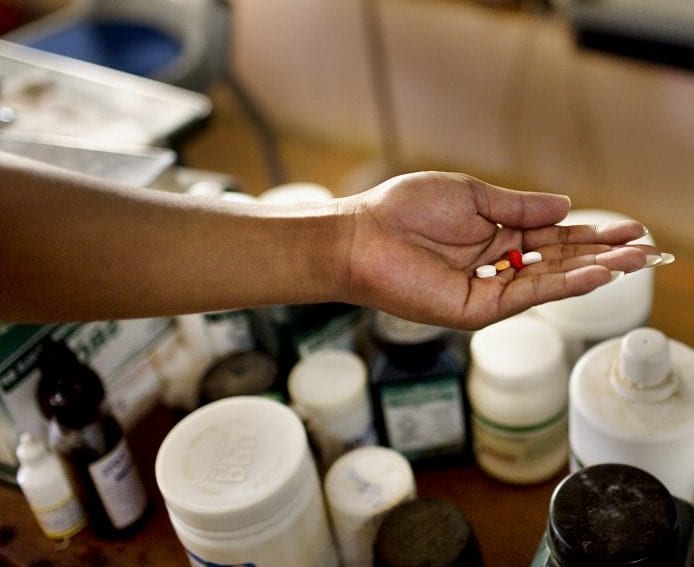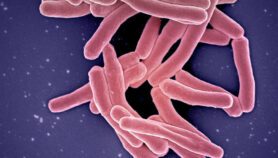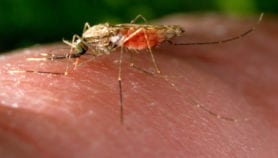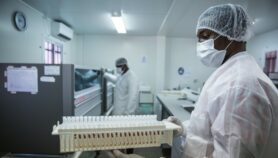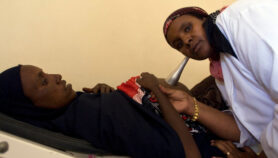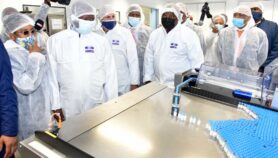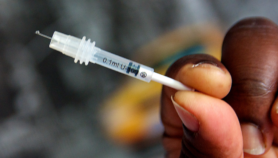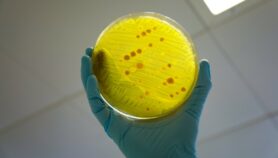By: Barbara Axt
Send to a friend
The details you provide on this page will not be used to send unsolicited email, and will not be sold to a 3rd party. See privacy policy.
Developing countries urgently need better drug administration and monitoring to prevent the rise of antibiotic resistant bacteria from inappropriate use, a US think-tank recommends.
In a report, the Center for Disease Dynamics, Economics & Policy warns that the use of antibiotics in developing nations is rising and poorly controlled, putting these countries at risk from resistant bacteria. The report was published alongside ResistanceMap, an interactive collection of graphs and maps showing global trends in antibiotic resistance.
“At the moment, use of antibiotics per capita is higher in developed countries, but the developing world is catching up.”
Ramanan Laxminarayan, US think-tank
The think-tank urges governments to implement policies to reduce use of the drugs, following the example of European countries who have managed to contain cases of antibiotic resistant bacteria.
In the United Kingdom, for example, the percentage of Staphylococcus aureus that are resistant to the antibiotic methicillin — bacteria known as MRSA — fell from 47 per cent in 2001 to 14 per cent in 2011, ResistanceMap shows, although much of this progress has been down to better hospital cleanliness standards.
“At the moment, use of antibiotics per capita is higher in developed countries, but the developing world is catching up, especially the BRIC countries [Brazil, Russia, India and China],” says Ramanan Laxminarayan, the think-tank’s director.
Between 2000 and 2010, global consumption of antibiotics rose by 36 per cent. The BRIC countries accounted for three-quarters of this increase, the report says.
The incidence of MRSA in samples of Staphylococcus aureus reached 90 per cent in Latin American countries in 2013 and 47 per cent in India last year. In some developing countries, infectious bacteria have even become resistant to ‘last-resort drugs’ such as the carbapenems, which are usually reserved to treat infections that fail to respond to other antibiotics, the report warns.

Various steps are needed to reverse the trend, says the think-tank. One is to raise awareness of the problem among doctors, policymakers and the public. But changing practice will require greater control over how and where drugs are being prescribed and used, the report says.
Ashok Tamhankar, the national coordinator for the Indian Initiative for the Management of Antibiotic Resistance, says that giving doctors simple diagnostic kits, for example, allows them to test patients to see if they have a bacterial infection against which antibiotics should be effective instead of just prescribing such drugs as a first option.
He adds: “We need better hygiene in hospitals, and more awareness by doctors and healthcare providers in general.”
Financial incentives must also be considered, says Laxminarayan. “Hospitals in China make most of their revenue from prescribing antibiotics to patients, so unless they have another source of income, they won’t change their ways,” he says.
Another issue is the use of antibiotics in farming, the report says. Currently, two-thirds of the world’s antibiotics are given to livestock, mainly to promote growth rather than to treat disease. Due to increasing global meat consumption, the annual amount of antibiotics animals consume could exceed 105,000 tonnes by 2030, up from around 63,000 tonnes in 2010.Laxminarayan notes that few countries have regulations limiting the continuous use of antibiotics in farming. “People need to know about this and to demand regulation,” he says. “At the moment, it is being discussed, but not much is being done.”
References
[1] Hellen Gelband and others The state of the world’s antibiotics 2015 (Center for Disease Dynamics, Economics & Policy, 17 September 2015)
[2] Thomas P. Van Boeckel and others Global trends in antimicrobial use in food animals (Proceedings of the national Academy of Sciences, 2015)


